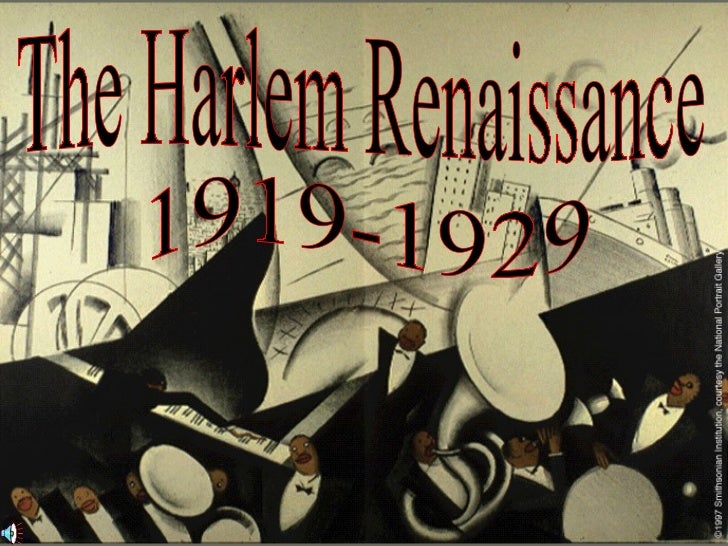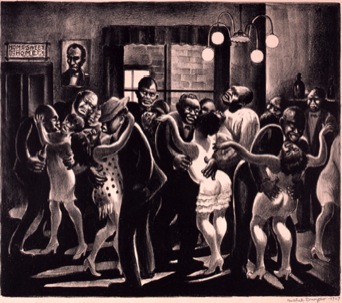
The Harlem Renaissance occurred in the 1900s in Harlem, a section of New York City. The Harlem Renaissance was a representation of Black culture and identity. The Harlem Renaissance united Blacks and also rescued them from the oppression of living in a White society. During this period, Blacks created many works of art, music, and dance. These artworks expressed the racial identity that had been so oppressed and forgotten, making the Harlem Renaissance extremely significant in Black history. You might even call the Harlem Renaissance, a statement of freedom on behalf of all African Americans. Prior to the 1920s, Blacks were so afraid of making a statement about equality that they lost part of their racial identity. However, after the Chicago Race Riots of 1919, this view began to change. Blacks stopped depending on government for social change. They fought for equality on their own terms. The Harlem Renaissance was precisely a symbol of this change in attitude.
The video had a song about freedom in connection with the Harlem Renaissance. One thing I loved about the video is how uniform the dancers were . It was as if the dancers were “copied and pasted” on the stage: their movements were extremely in sync with one another. Interestingly, towards the end of the clip, the backdrop changed into the segregated setting of the States at post Plessy v. Ferguson case. And at the very end, it showed a uniform identity, or at least an identity that was shared among Blacks and Whites. The idea was manifested in the arm linking between the black dancer to the white dancer. Although this may be a bit too idealistic, even now, it still shows a desire to accomplish social equality in a corrupt world.
When asked about the difficulty of translating his message to dance in an interview, Kyle Abraham mentioned that it was indeed hard. However, he believes that the viewers will be able to note the little things in the performance, such as his putting a black male with a black female or a black male and a white male. There are political backgrounds and information on which the viewers will infer from. With that said, I feel as if one must have some background knowledge of the dance’s context before they can interpret the dance and understand the underlying meaning. Without knowledge of the context, the viewer(s) will be lost.


Leave a Reply